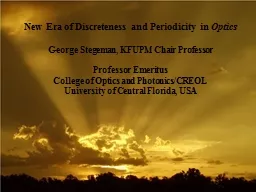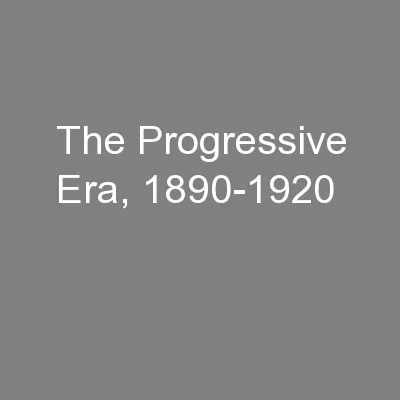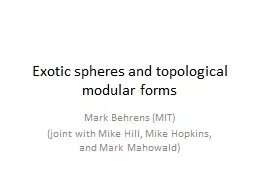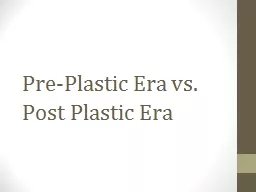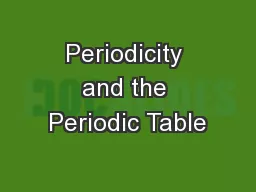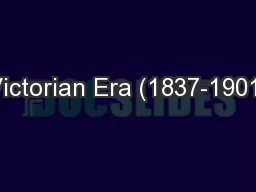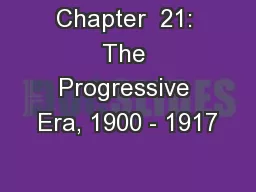PPT-New Era of Discreteness and Periodicity in
Author : luanne-stotts | Published Date : 2017-04-11
Optics George Stegeman KFUPM Chair Professor Professor Emeritus College of Optics and PhotonicsCREOL University of Central Florida USA 1887 1D Periodic
Presentation Embed Code
Download Presentation
Download Presentation The PPT/PDF document "New Era of Discreteness and Periodicity ..." is the property of its rightful owner. Permission is granted to download and print the materials on this website for personal, non-commercial use only, and to display it on your personal computer provided you do not modify the materials and that you retain all copyright notices contained in the materials. By downloading content from our website, you accept the terms of this agreement.
New Era of Discreteness and Periodicity in: Transcript
Download Rules Of Document
"New Era of Discreteness and Periodicity in"The content belongs to its owner. You may download and print it for personal use, without modification, and keep all copyright notices. By downloading, you agree to these terms.
Related Documents

